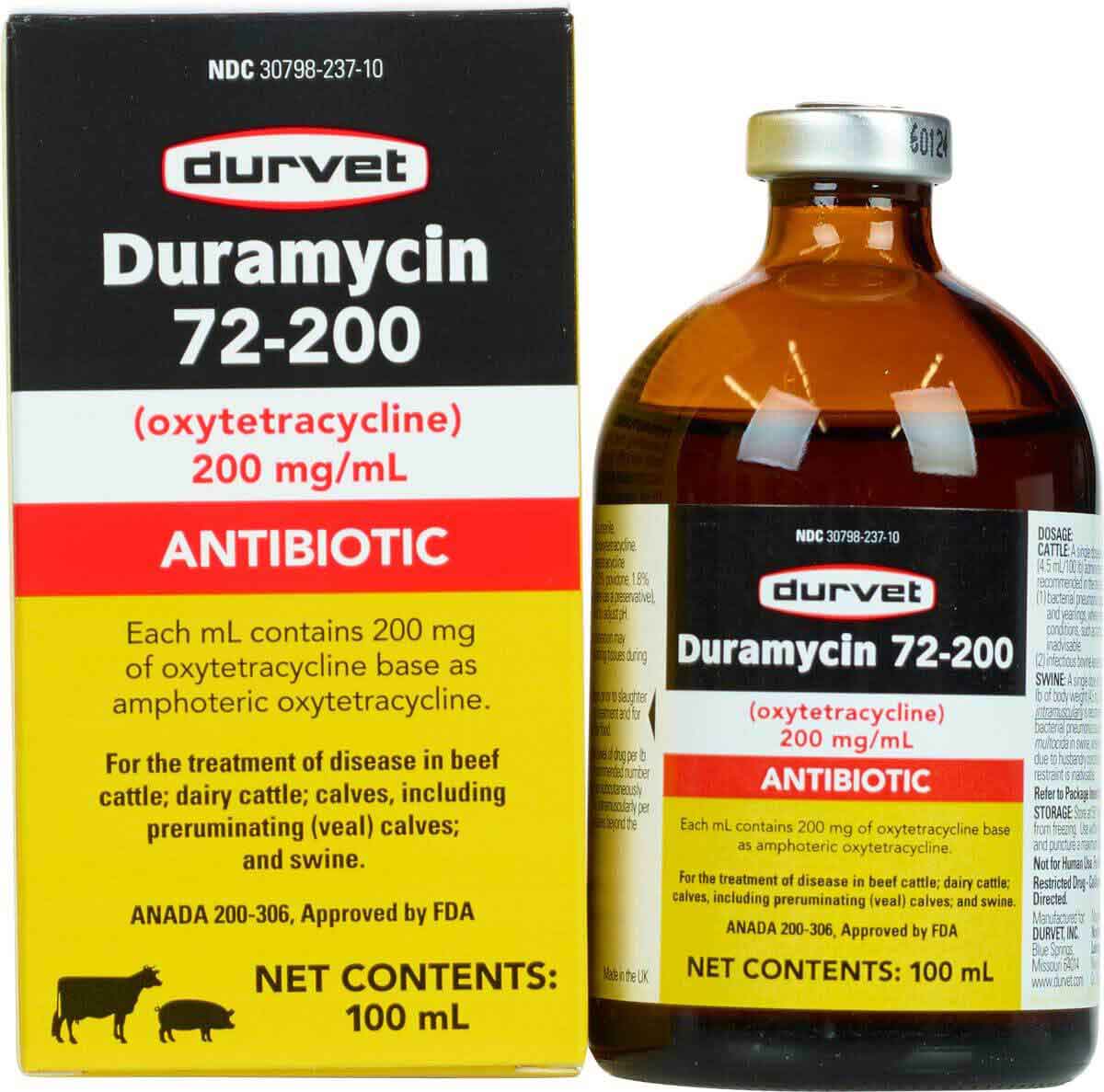Duramycin 72-200 for goats dosage is a critical aspect of veterinary medicine, ensuring the proper treatment of infections in these animals. This guide delves into the pharmacological properties, administration protocols, indications, contraindications, and comparative efficacy of Duramycin 72-200, providing a comprehensive understanding of its use in goat health management.
Duramycin 72-200 Properties: Duramycin 72-200 For Goats Dosage
Duramycin 72-200 is a polypeptide antibiotic with a molecular weight of approximately 10,000 Da. It is produced by Streptomyces cinnamoneusand belongs to the lincosamide class of antibiotics.
Chemical Structure and Mechanism of Action
Duramycin 72-200 consists of a cyclic peptide ring with a seven-membered lactone ring and two amino sugars. It inhibits bacterial protein synthesis by binding to the 50S subunit of the bacterial ribosome, thereby preventing the formation of peptide bonds.
Stability and Solubility
Duramycin 72-200 is stable in acidic and neutral pH conditions but unstable in alkaline conditions. It is soluble in water and organic solvents.
Dosage and Administration

The recommended dosage of Duramycin 72-200 for goats is 10 mg/kg body weight, administered intramuscularly or subcutaneously, once daily for 3-5 days.
Factors Influencing Dosage Determination
The dosage of Duramycin 72-200 may be adjusted based on factors such as the severity of the infection, age, weight, and health status of the goat.
Indications and Contraindications

Indications, Duramycin 72-200 for goats dosage
Duramycin 72-200 is indicated for the treatment of respiratory tract infections, foot rot, and other bacterial infections caused by susceptible microorganisms in goats.
Contraindications
Duramycin 72-200 is contraindicated in goats with a history of hypersensitivity to lincosamide antibiotics.
Adverse Effects and Interactions
Duramycin 72-200 is generally well-tolerated in goats. However, potential adverse effects include gastrointestinal upset, skin reactions, and anaphylaxis.
Withdrawal Period and Residues

The withdrawal period for Duramycin 72-200 in goats is 28 days before slaughter. This means that goats should not be slaughtered for human consumption within 28 days of receiving the last dose of Duramycin 72-200.
Residues in Meat and Milk
Duramycin 72-200 residues may be present in meat and milk after administration. Monitoring and managing residues is important to ensure food safety.
Comparative Analysis
Duramycin 72-200 is comparable in efficacy to other lincosamide antibiotics used in goats, such as lincomycin and clindamycin.
Advantages
- Broad-spectrum activity against a wide range of bacteria
- Good tissue penetration
- Once-daily dosing
Disadvantages
- Potential for gastrointestinal side effects
- Resistance development can occur
Detailed FAQs
What is the recommended dosage of Duramycin 72-200 for goats?
The recommended dosage is typically 20-40 mg/kg of body weight, administered once daily by intramuscular injection.
What are the contraindications for using Duramycin 72-200 in goats?
Duramycin 72-200 should not be used in goats with known hypersensitivity to the drug or other macrolide antibiotics.
What is the withdrawal period for Duramycin 72-200 in goats?
The withdrawal period for meat is 14 days, and for milk, it is 3 days after the last administration of Duramycin 72-200.